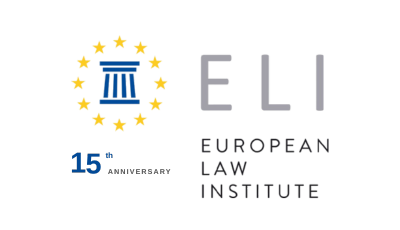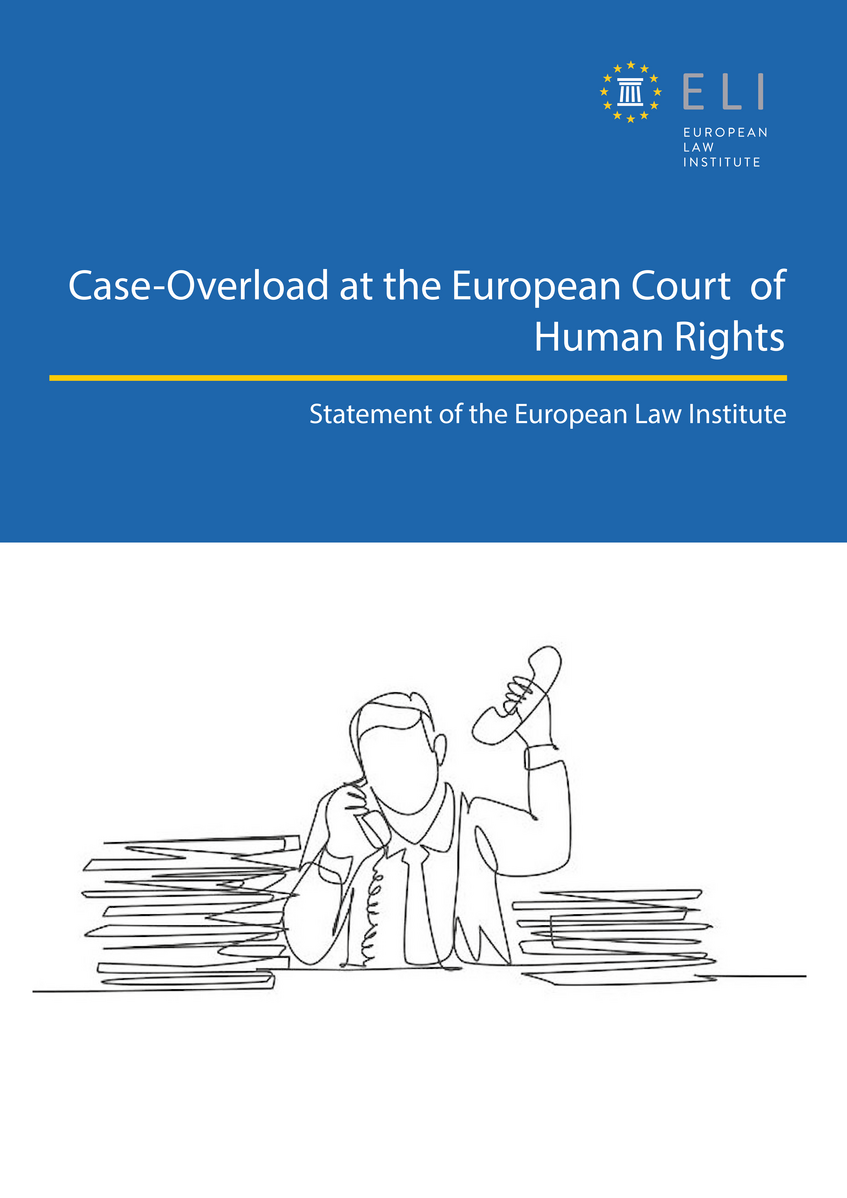ELI Statement Case Overload at the European Court of Human Rights
Summary
The Statement aimed at proposing practical steps to help the Court settle the backlog while at the same time maintaining the high quality of work. It provided recommendations for unmeritorious applications, repetitive applications and otherwise meritorious applications as well as a general recommendation on the Court’s (further) actions regarding the overload.
Background
Despite achieving remarkable productivity gains in the 12 years since 1998, the Court has so far never been in a position to reverse this imbalance between incoming and outgoing cases.
In 2010, 61,300 new applications were allocated to a judicial formation (an increase of 7% compared with 2009), whereas a little over 41,000 applications were terminated (itself representing an increase of 16% of the results achieved in 2009). Thus, for the 5,000 or so new applications being allocated each month the average monthly deficit, inflating the number of pending applications, was almost 1,700.
On the other hand, the single-judge formation, one of the innovations provided for in Protocol No 14, has led to an increase of no less than 46% in comparison with 2010 in the number of applications (39,882) rejected as inadmissible or struck out in the first ten months of 2011. Despite this jump in productivity, the monthly deficit remains at 1,250 applications and the stock of pending applications has risen to the record height of almost 155,000 applications.
The mathematics is simple: the Convention system is bursting at the seams. The consequence of the constant imbalance between input and output is that the list of pending cases, the backlog (that is, the stock of all those applications not processed within what is considered to be a reasonable time) and the delays for applicants have been inexorably increasing each month. The metaphor of the death of the Convention system by slow suffocation has been used. What is sure is that if the trend of incoming applications outstripping decided cases continues, there must come a point where the Court is so overwhelmed that the breakdown of the Convention system will be inevitable.
The Working Party of the ELI, chaired by Paul Mahoney from the UK and assisted by an Advisory Committee consisting of senior judges and experts in the field, addressed the caseload at the Strasbourg Court. The Statement aims to propose practical steps which can help the Court settle the backlog while at the same time maintaining the high quality of work.
In its decision from 6 July 2012 (CD 2012/4), the ELI Council endorsed the Statement on Case-Overload at the European Court of Human Rights.
Working Party
- Mark Entin
- Jean-Paul Jacqué
- Paul Mahoney
- Luzius Wildhaber
Advisory Committee
- Robert Andersen
- Marc Bossuyt
- Snezhana Botusharova-Doicheva
- Hans Corell
- Pedro Cruz Villalón
- Christoph Grabenwarter
- John Hedigan
- Peter Jambrek
- RA Lawson
- Laurent Pettiti
- Georges Ravarani
- Jean-Marc Sauvé
- Boštjan Zalar

